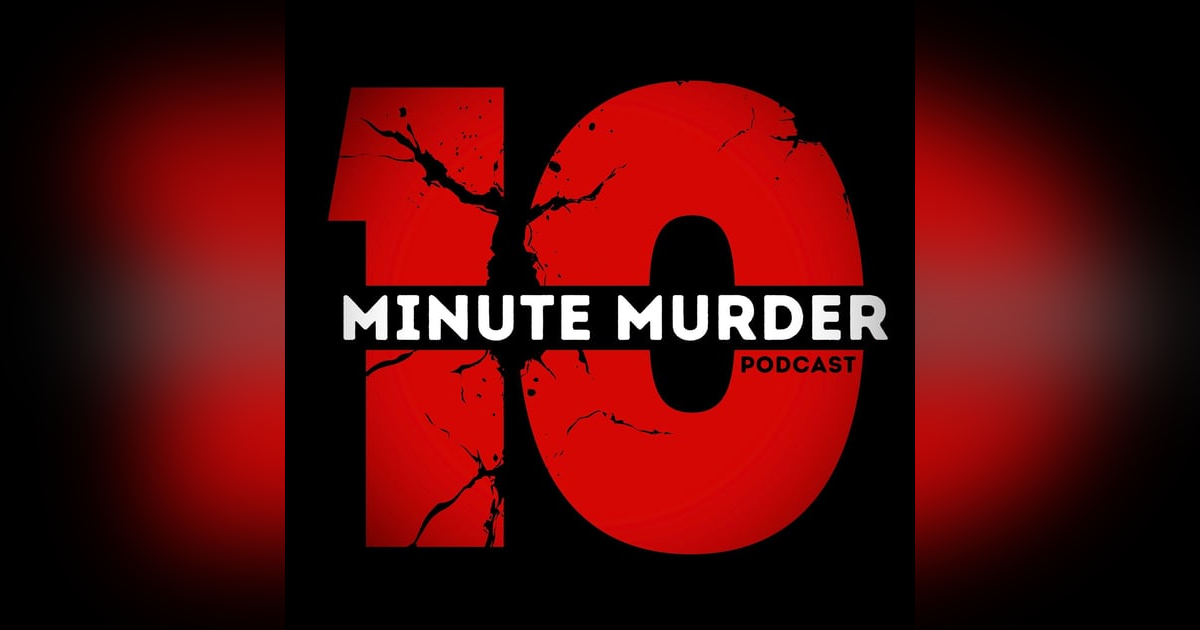Andrea Yates: The Case That Shook the Country

The Day Andrea Yates Stopped Being Just a Name
June 20th, 2001, is the day Andrea Yates went from anonymous suburban mom to headline shorthand for something unthinkable. For some, she was clearly broken. For others, she was evil. There wasn’t a lot of middle ground.
When she sat in court facing a murder charge that would shake the country, Andrea probably didn’t care what side anyone was on. She’d spent years asking to die, long before she ended up here.
It hadn’t always been that way.
Andrea Yates was the kind of student teachers bragged about. Smart. Disciplined. Valedictorian. But behind the grades and polite smiles, she had already told at least one friend she was thinking about ending her life.
She pushed those thoughts down, or at least learned how to keep them quiet enough to get through college. Andrea became a nurse at the University of Texas MD Anderson Cancer Center, where she stayed for eight years. She was good at the job. Caring with her patients. Quiet in her personal life.
That quiet may have had something to do with a relationship gone bad in her early twenties. At twenty-four, heartbroken and newly cautious, she didn’t let people in easily. But there was one man who eventually got past her defenses.
Russell Yates, who went by Rusty, was a NASA engineer who lived for spreadsheets, prayer groups, and Scripture. When Andrea met him at his apartment complex, it was instant. There wasn’t a dramatic love story behind it. It just happened, fast and simple. They moved in together, got married, and started having kids almost immediately.
Rusty’s religious beliefs put a lot of value on having a big family, and his career gave him the paycheck to make that a reality. They didn’t use birth control. They bought a four-bedroom house. The plan, loosely, was to leave the rest up to God.
From Growing Family to Growing Crisis
Andrea and Rusty had what you could generously call a “faith-based” family planning strategy. No birth control. No real endgame. Just the belief that however many kids God wanted them to have, they’d make it work. So they bought a four-bedroom house with the goal of filling it—literally and spiritually.
But not long after their first son, Noah, was born, that plan went up in smoke. The house actually burned down. Rusty took a new job in Florida, and the family downsized fast. They moved into a cramped trailer, meant to be temporary. But by the time their third child, Paul, came along, they were still living in it.
Rusty said Andrea never complained. Not about the tight space, not even about the motorhome they eventually upgraded to after moving back to Texas. That decision was heavily influenced by a traveling preacher Rusty had started following—one who lived in a motorhome, homeschooled his kids, and seemed to have the whole “God wants it this way” lifestyle figured out.
By the time Andrea was pregnant with baby number four, they were actively discussing homeschooling. It was all part of the plan. Or maybe more accurately, part of the momentum.
Then Luke was born.
And that’s when things shifted.
Andrea started to unravel. At first, it looked like postpartum depression. Then she called Rusty one day, barely able to speak. He came home to find her trembling, chewing her fingernails down, and whispering, “I need help.” At the time, no one realized how true those words were.
The next day, Andrea attempted suicide. She overdosed on pills. Her mother found her just in time and rushed her to the hospital. After she was released, Andrea picked up a knife, held it to her throat, and begged Rusty to let her die.
She was hospitalized again. This time, the doctors got aggressive with medication, and for a while, it seemed to work. She stabilized. Rusty moved the family into a real house again, hoping that maybe a more traditional home could anchor her.
It helped—but only for a little while.
In 1999, she relapsed. Hard. Multiple suicide attempts. More hospitalizations. That’s when the doctors finally gave the full diagnosis: severe depression and postpartum psychosis.
Psychiatrists made it clear. No more pregnancies. They warned that another child could push Andrea past a line she might not come back from.
But those warnings? They didn’t stick.
A Warning Ignored, and a Timeline No One Can Undo
Somewhere along the line, the warnings stopped registering. Andrea’s doctors had said it plainly: another pregnancy could be dangerous. Life-threatening, even. Not just for her, but for the kids.
But Andrea’s brother would later say that Rusty had his own thoughts on depression. His reported advice? A “swift kick in the pants.” Not exactly clinical.
Seven weeks after her last hospital stay, Andrea was pregnant again. This would be their fifth child, a baby girl named Mary.
For a while, things seemed… manageable. Andrea’s mental health didn’t spiral during the pregnancy or immediately after. But then, the following year, her father died. And everything fell apart again.
Andrea stopped taking her medication completely. She became obsessive about the Bible, sometimes reading it for hours. She started harming herself. There were times she couldn’t bring herself to feed Mary. Other times, she was too afraid to even put her down. Eventually, Andrea went catatonic. She was hospitalized again.
It was becoming a cycle. Hospital. Release. Relapse. Repeat.
She was discharged again, but this time it came with strict conditions. She couldn’t be left alone. Not even for a few minutes. Rusty agreed. Family members rearranged their schedules to make sure someone was always nearby.
But then came the morning of June 20th, 2001.
Rusty left for work. His mother was scheduled to arrive in an hour. He figured that hour wasn’t a big risk.
But it was.
And it wasn’t the first time he’d taken it.
Despite Andrea’s release instructions, Rusty had already been leaving her alone with the children for short windows each day—an hour in the morning, an hour in the afternoon. The idea was to ease her back into full-time parenting. A gradual return to normal. A test run.
That morning, Andrea had just enough time.
She started with the youngest boys—Paul, Luke, and John. She filled the bathtub and drowned them, one by one. Then she carried their bodies to the master bedroom and laid them on the bed.
Next came Mary.
Andrea left her floating in the water.
And that’s what Noah walked in on.
Her oldest child. Just seven years old.
He asked what was wrong with his sister. Then, in the next few seconds, he figured it out. He turned and ran.
Andrea chased him down. Caught him. Pulled him back to the bathroom.
And drowned him next.
She laid Mary in John’s arms.
Then she picked up the phone.
Confession, Trial, and the Question That Still Divides People
Her message was vague. She told the dispatcher, “It’s time.” No explanation. Just that.
Next, she called Rusty and told him to come home. Something was wrong with all of the kids.
When police arrived, Andrea didn’t hesitate. She confessed right away. Said she believed Satan had taken up residence inside her, and in her mind, he had already ruined the children. She told investigators she was trying to save them. That drowning them was the only way to send them to Heaven before they could be further corrupted. She even said she hoped Texas would sentence her to death.
There was no doubt Andrea was mentally ill. Both the prosecution and the defense agreed on that.
But the question at trial was whether she still understood the difference between right and wrong.
That’s the legal threshold for insanity in Texas. It’s not enough to be mentally ill. If the person knows what they’re doing is wrong, the insanity defense doesn’t apply.
Prosecutors argued that Andrea knew exactly what she was doing. She waited until Rusty left. She waited until no one else was home. That, they said, showed she understood her actions were wrong—at least enough to try and avoid being caught.
Rusty disagreed. He spent the trial defending Andrea, publicly and privately. He told the press he believed she would be released. He talked about their future together. He even said he hoped they could have more children someday.
The jury didn’t see it that way. Andrea was found guilty and sentenced to life in prison, with the possibility of parole after 40 years.
But that wasn’t the end.
At a second trial, Andrea was found not guilty by reason of insanity. This time, the court agreed that her psychosis had stripped her of the ability to distinguish reality from delusion.
She wasn’t set free. She was sent to a psychiatric hospital, where she remains today.













